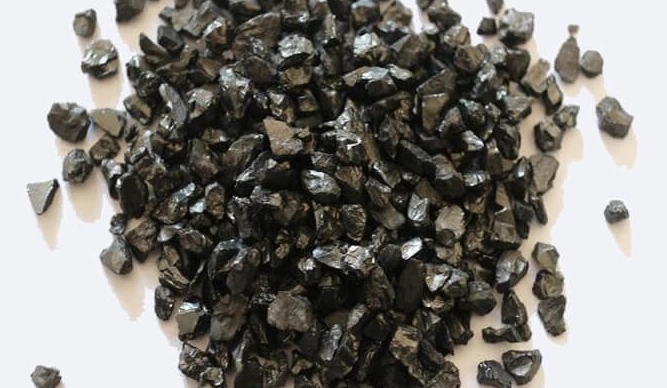
Electrically calcined anthracite is a coal-derived product that has been heat treated to remove moisture and volatile matters. It's widely used in metalurgical processes like steel production and aluminium smelting. Demand for metal alloys in the construction sector and for lightweight materials is driving this market.
The global metallurgical calcined anthracite market is expected to grow at a healthy CAGR during the forecast period. This can be explained by the growing demand for products containing carbon, including graphite cathodes, electrodes and refractory material. Furthermore, the growing emphasis on sustainability and greener alternatives is also expected to fuel the demand for calcined anthracite in the future.

The steel industry uses calcined pyrophoric anthracite as a coke substitute. Low sulfur and ash contents make this a perfect carbon source for both basic and electrical steelmaking. It's also used as part of the pulverized injection process for blast furnace operations. Moreover, it is also used in foundry applications such as for the production of high-quality castings.
Calcined anthracite, in addition to its use for metallurgical applications, is widely used as a component of the lithium-ion cell. In the United Kingdom, the demand for calcined products like anthracite is growing. In 2020, hybrid electric vehicle sales in the country accounted for about 12% of all new car sales and plug-in electric vehicles accounted for more than 140%.
Carbon electrodes are also made from anthracite for use in the aluminum industry. Another major factor driving the demand for calcined coal is the explosive growth of the aluminum industry. For the production of aluminium, a lot of high-grade coke with minimal impurities is needed. Demand for aluminum is being boosted by the construction and automotive industries.
The anthracite metallurgical market is highly fragmented, with many players in this field. The top companies in the market focus on technological advancements, continuous product innovations, and strategic partnerships to maintain a competitive edge over their rivals. They strive to also meet the demands of their customers. They monitor and follow industry regulations in order to have a more sustainable approach.
Since the early 2000s, the product offerings of the anthracite-calcined market has grown significantly. Numerous manufacturers now offer products with better properties like lower sulfur and moisture levels. As an example, one company introduced a type of electrically causticened anthracite which has superior conductivity for use in aluminum smelting. Some companies developed calorific products to increase energy efficiency. Others are focused on creating a sustainable product. In response, newer companies are bringing in significant innovation and competition to the metallurgical alumina industry.

Write a Message